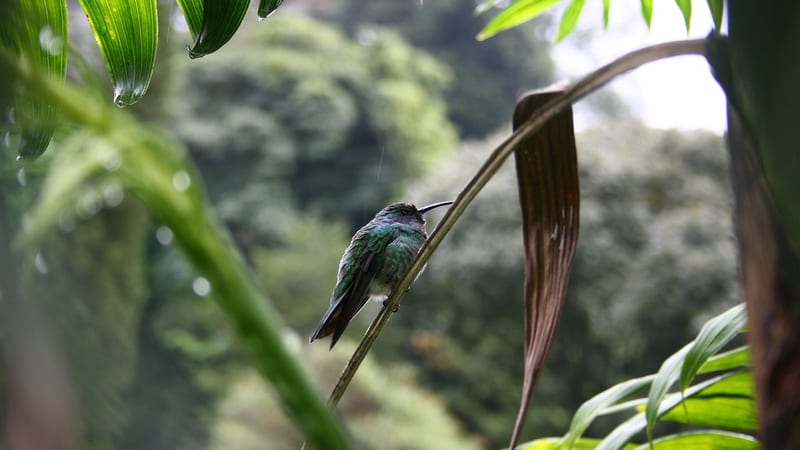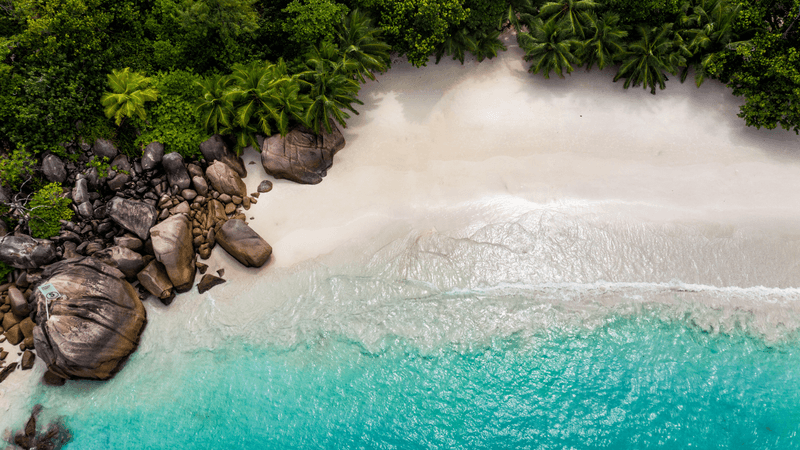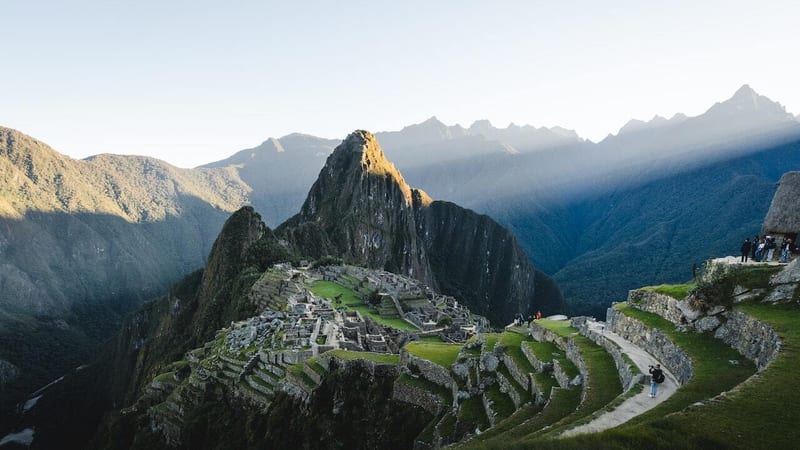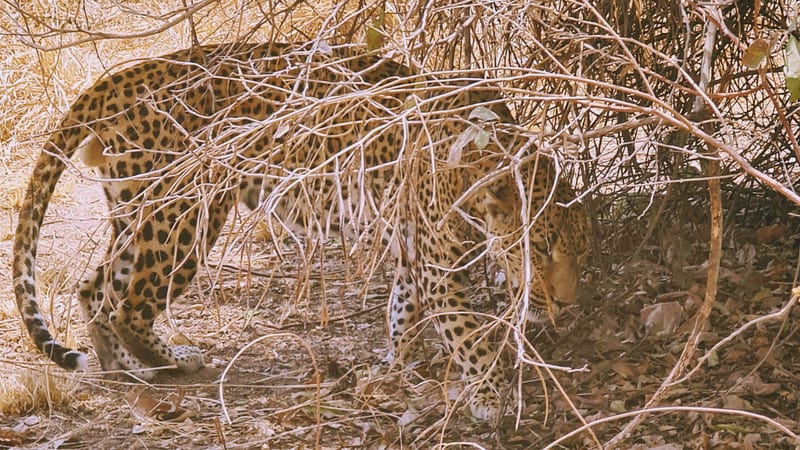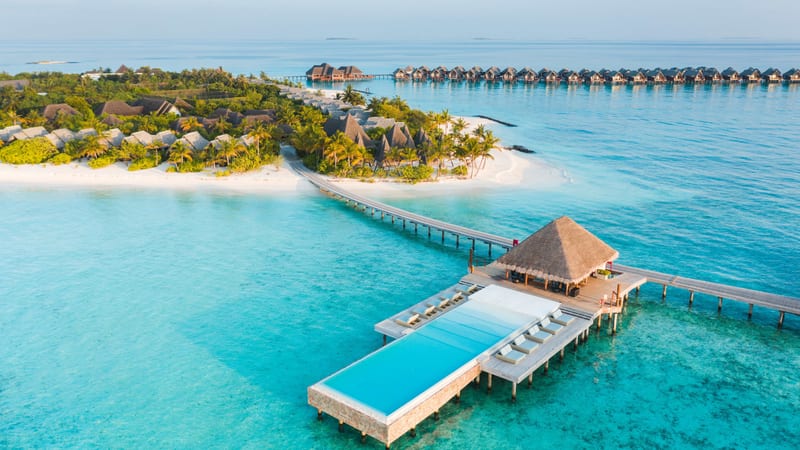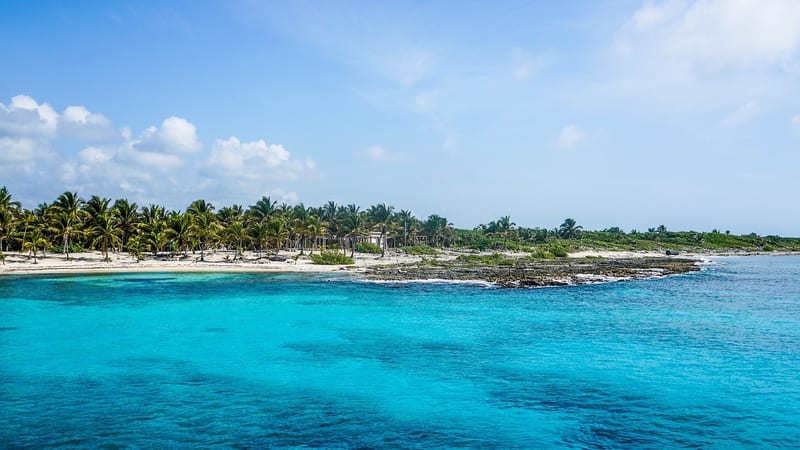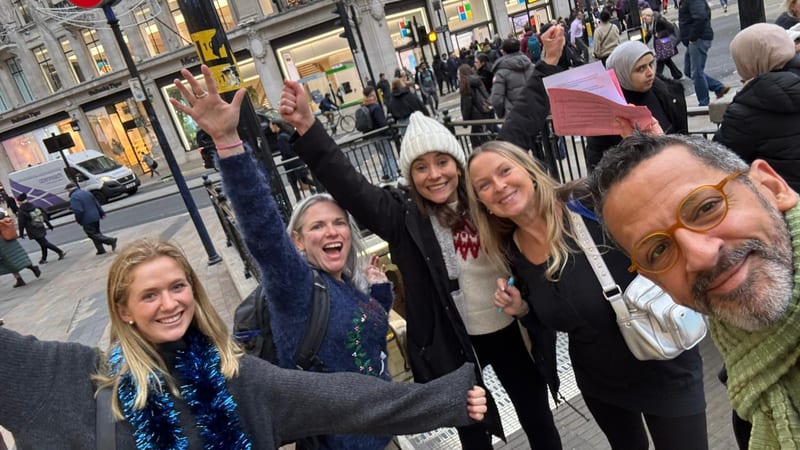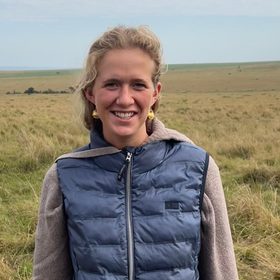Escape to this off-grid forest hideaway in southern Malawi, where birdlife and tranquillity surround a cosy, down-to-earth lodge.
Location: Zomba Forest Lodge is tucked away in 20 acres of verdant woodland on the lower slopes of the Zomba Plateau, just outside the former capital of Malawi. Perched at 1,400 metres above sea level, the lodge offers cool mountain air, panoramic views, and complete tranquillity - perfect for travellers looking to unwind and reconnect with nature.
Far removed from the bustle of modern life, the lodge runs with limited electricity, encouraging guests to embrace candle-lit evenings and early nights beneath starlit skies.
Rooms: There are just four en-suite bedrooms, keeping the atmosphere intimate and homely. Though simple and compact, each room is tastefully decorated and offers wonderful views of the surrounding gardens and forest.
After sunset, you’ll gather by the fire or eat dinner by candlelight, and fall asleep to the sounds of the forest. This is a place where you’re welcomed as a guest into a home, not just a lodge. Tom and Petal, the lodge’s warm and welcoming owners, live on site with their two friendly dogs.
Activities: If you enjoy walking, birdwatching or just being in nature, this is your kind of place. Trails lead straight from the lodge into the surrounding forest - past waterfalls, orchids and huge old trees. Rare birds like the white-winged apalis and the double-collared sunbird are often spotted nearby.
For more of a challenge, hike up onto the plateau for big views and even more birdlife. You can also borrow a mountain bike from Africycle - a local project supporting the community - or head out with a guide to learn about the forest and its plants.
Zomba Forest Lodge can also arrange visits to nearby schools and churches, or a traditional cooking lesson if you’re keen to learn. Other nearby highlights include the striking Chikala Pillars and horse riding on the plateau.
Sustainability: This isn’t just a place to stay - it’s a passion project. Tom and Petal have planted hundreds of native trees on their land to help fight deforestation in the area, and they continue to support reforestation efforts.
There’s no grid power here - just solar lamps and candles - and meals are made from fresh, locally sourced ingredients, with a daily set menu that can be adjusted for dietary needs.
Zomba Forest Lodge is a lovely example of low-impact travel done well - a place where guests are welcomed like old friends, and where your stay helps protect a special corner of Malawi.
Best places to stay in Zomba Plateau
Malawi Trip Inspiration
When to go to Malawi
Find out the best time to visit Malawi with our month by month guide.
- Best
- Good
- Mixed
- Jan
- Feb
- Mar
- Apr
- May
- Jun
- Jul
- Aug
- Sep
- Oct
- Nov
- Dec
January
January is a good time for bird watchers, migratory birds from the Northern Hemisphere flock to Malawi's National Parks. The rains are in full flow with impressive thunderstorms lighting the sky across the country regularly - many lodges around the shores of Lake Malawi will be closed during this time.
February
Rain continues to pour regularly in February. The bird watching is incredible particularly in the high altitude Nyika National Park with many flowers blooming carpeting the lower plateaus.
March
In March the weather is still somewhat unsettled with regular rains, these diminish as the month goes on. Birders will be in paradise, young birds are spreading their wings for the first time preparing for their epic journey back to the Northern Hemisphere.
April
Rains begin to subside, the sun starts to shine and temperatures increase. Wildlife viewing is good, observers can watch animals emerge across Liwonde National Park. In particular antelopes are in rut and visitors to Malawi's National Parks can experience incredible clashes between rival males.
May
Days become sunnier and cooler during May. Wildlife viewing is at its best due to less vegetation and the animals gathering together around waterholes.
June
June days are long and sunny, but it's Malawi's winter and the temperatures drop significantly at this time of year. The evenings and mornings are very cold in the highland regions, with log fires lit. The dry season means animals congregate around the Shire River in Liwonde National Park for easier access to water and rich green vegetation - large numbers of elephants can be present at this time of year due to dwindling water levels.
July
July is a perfect time to visit Malawi, skies are clear there are less mosquitoes and there's virtually no rain. Although its high season, most of the National Parks won't be crowded despite the spectacular sightings of larger elephant herds - often reaching into the hundreds!
August
In August the weather warms, with daytime peak temperatures averaging around 30°C, whilst night time averages rise to 10°C. If you want to experience large wildlife herds, this is the time of year to visit. Water is diminishing and spaces at watering holes are becoming limited leading to increasing tensions between the animals. It's an amazing time to enjoy the delights of Lake Malawi's azure waters, with temperatures perfect for watersports or relaxing in the sun lakeside.
September
Night time temperatures rise rapidly, whilst daytime averages remain in the mid 20°Cs. With clear skies and dry vegetation concentrations of animals are still great but starting to dwindle in comparison to July and August. Lake Malawi is popular this time of year, the increased wind conditions make it perfect for an afternoon sail.
October
October is a humid month, temperatures regularly rise above 40°C and night times are increasingly warm. If you want to witness the world's largest antelope, the eland, can often be seen as they start regrouping for their breeding season - with herds reaching into the hundreds it makes for an awe inspiring sight.
November
The green season, November witnesses the first few storms of the rainy season arriving. It marks the arrival of the many migratory birds from the Northern Hemisphere.
December
In December the rains become more regular, with thunderstorms occurring every few days. With lush green scenery animals can be difficult to see because of the thick vegetation and the abundance of water. But birders will have an amazing time witnessing the incoming flurry of migratory birds.
Speak to a Malawi expert today
and start planning your tailor-made holiday

Alistair

Ben





